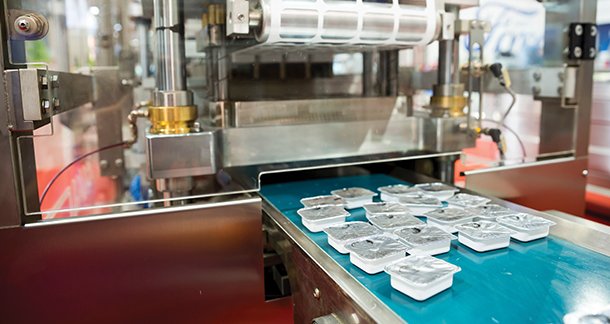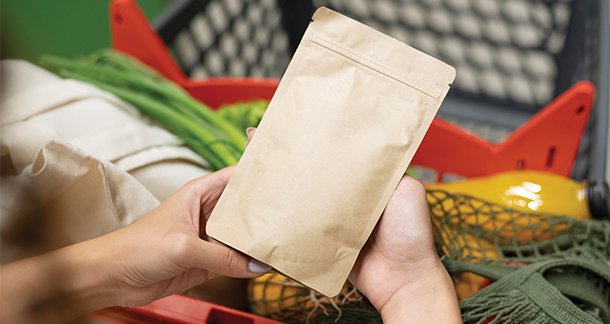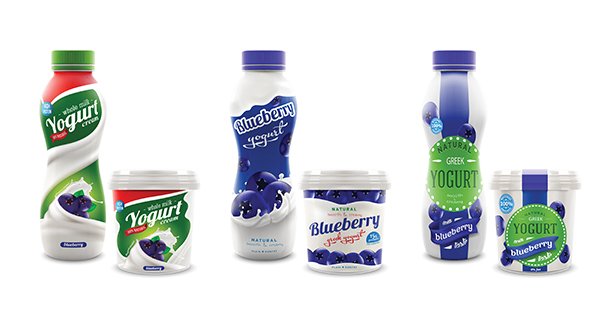Over the years, sustainability and innovative packaging solutions have become demands of the masses. Especially, many brands are focusing on increasing liquid products’ safety and shelf life. In this article, we will explore everything about the liquid packaging industry in the present. From its trends and innovation to challenges and the future, all the aspects will help companies implement it better in their operations.
Why Liquid Packaging Is Important?
Storing liquid products is the obvious reason for its existence but what matters the most are its other offerings. Freshness and safety can be achieved by this approach, which also helps avoid contamination and leakage of such products. Communication and branding also hold possibility with this.

Trends in Liquid Packaging
1. Sustainability at the Forefront
Demand for sustainability is inevitable due to rising environmental concerns. Now, everyone wants their product package to be eco-friendly. That is why biodegradable and recyclable options are becoming popular as well. Aluminium and paper-based materials are the current solutions for the same that are lightweight and do not leave as much of a carbon footprint as plastic.
2. Smart Packaging
There is no chance of that; a field is emerging and technology is absent. Smart labels are there to ensure optimal temperature and freshness. Plus, it also helps monitor tampering in various food and beverage products. QR codes and AR features are also coming up with features like sharing product origins, nutritional information, or recycling tips.
3. Convenience and Functionality
Today’s consumer prioritises convenience, also reflected in packaging designs by many brands. They are coming up with easy-pour spouts, resealable caps, and ergonomic shapes so that their users can grip their products easily. More than that, single-serve pouches and lightweight containers have become daily use for many in their on-the-go lives.
4. Aesthetic Appeal
Brands are focusing on appealing visuals to make their products more attractive because packaging today is more about these aspects in the present. Minimalistic designs and textured finishes matter a lot.

Innovations Driving the Industry:
New materials have emerged in the sector and one of them is bio-based plastics. These are specially made from cornflour, sugarcane, or other renewable sources. Plus, glass and metal packaging are becoming more lightweight.
Active packaging is emerging in the industry. Oxygen scavengers, antimicrobial coatings, and moisture absorbers are some solutions in this category, which can extend shelf life and maintain product quality.
Refillable packaging systems are there when it comes to waste reduction. Now, consumers can get their products in reusable containers or use refill stations.
Digital printing is best for customisable packaging in bulk. Companies can opt for limited-edition designs and personalised labels.
Challenges in Liquid Packaging
Liquid packaging has come too far with sustainable materials. Still, it is yet to achieve that leak-proof feature a plastic package can provide. Companies are researching to overcome these limitations without compromising anything.
Then there is eco-friendly material, which is biodegradable for sure but is costlier. So, making it affordable while keeping all its features alive is a challenge. Last but not least, the industry must navigate stringent regulations.
What Is The Future?
The liquid packaging solution is still in the developing stage and is yet to witness evolution. Although sustainability will remain a top priority, smart packaging will come up with more practical solutions. Plus, sustainable supply chains will redefine the way production and distribution are happening.
So, the more the industry focuses on consumer demand, the more innovation and trust there will be for liquid packaging.
Conclusion
So, this was all about how liquid packaging has emerged and exists for good. This is high time for companies to appreciate and adapt to these changes. This is how they can get an edge in this competitive market while improving their brand image.



